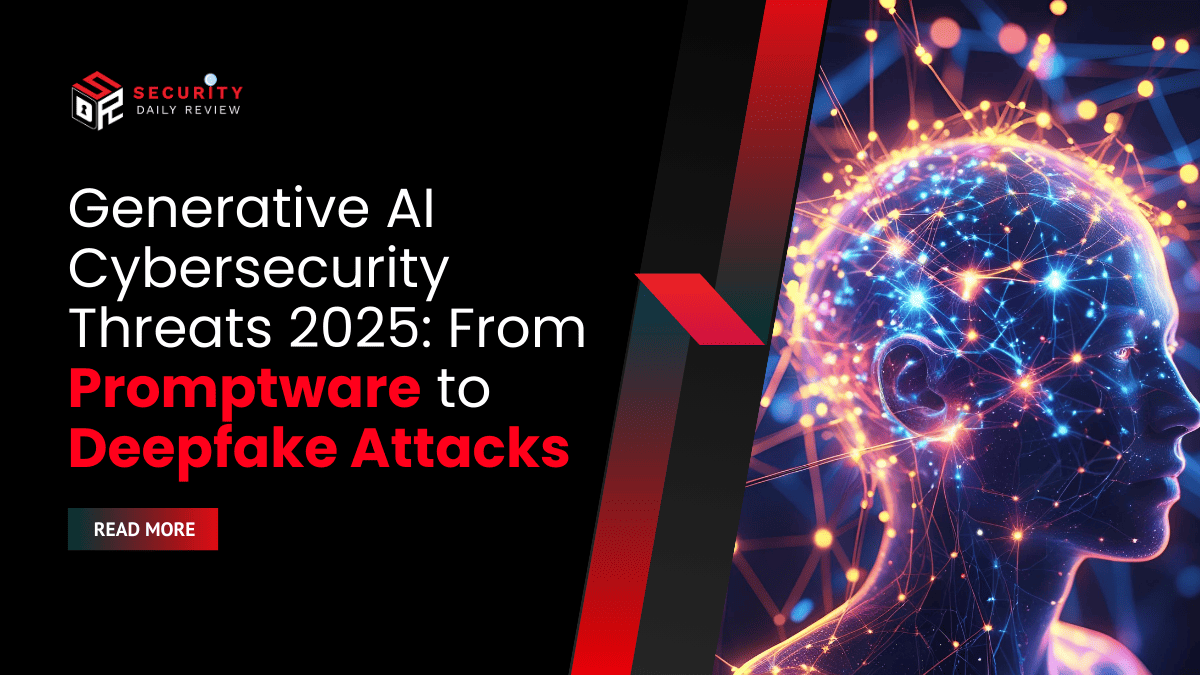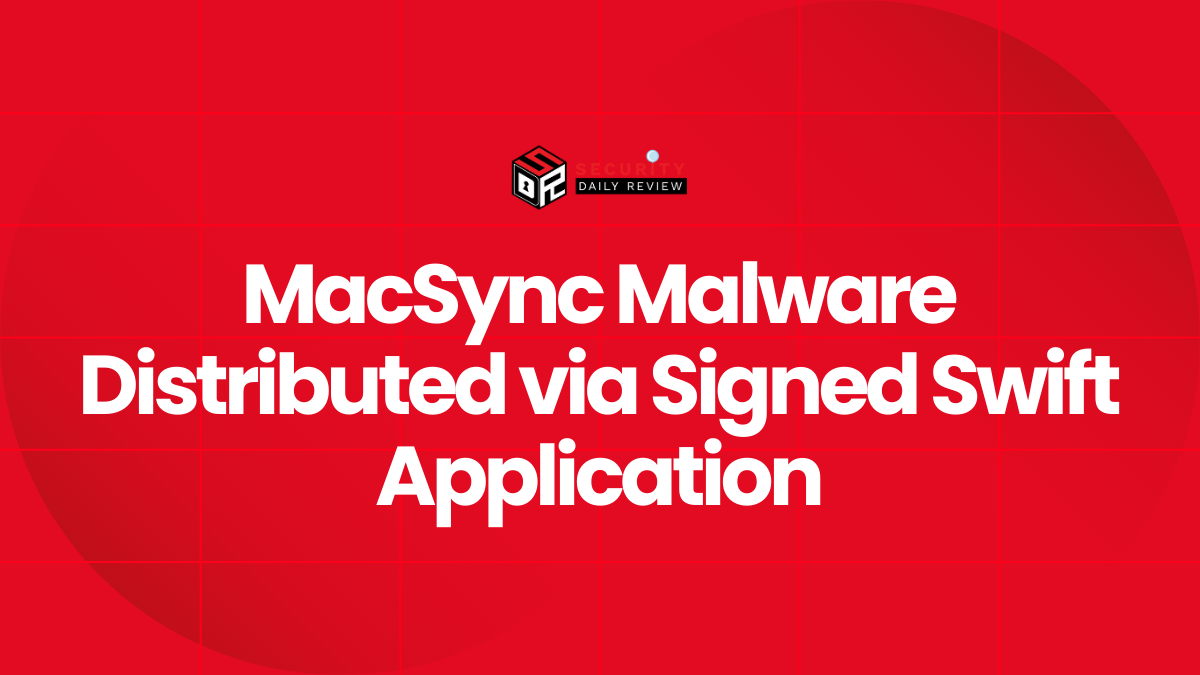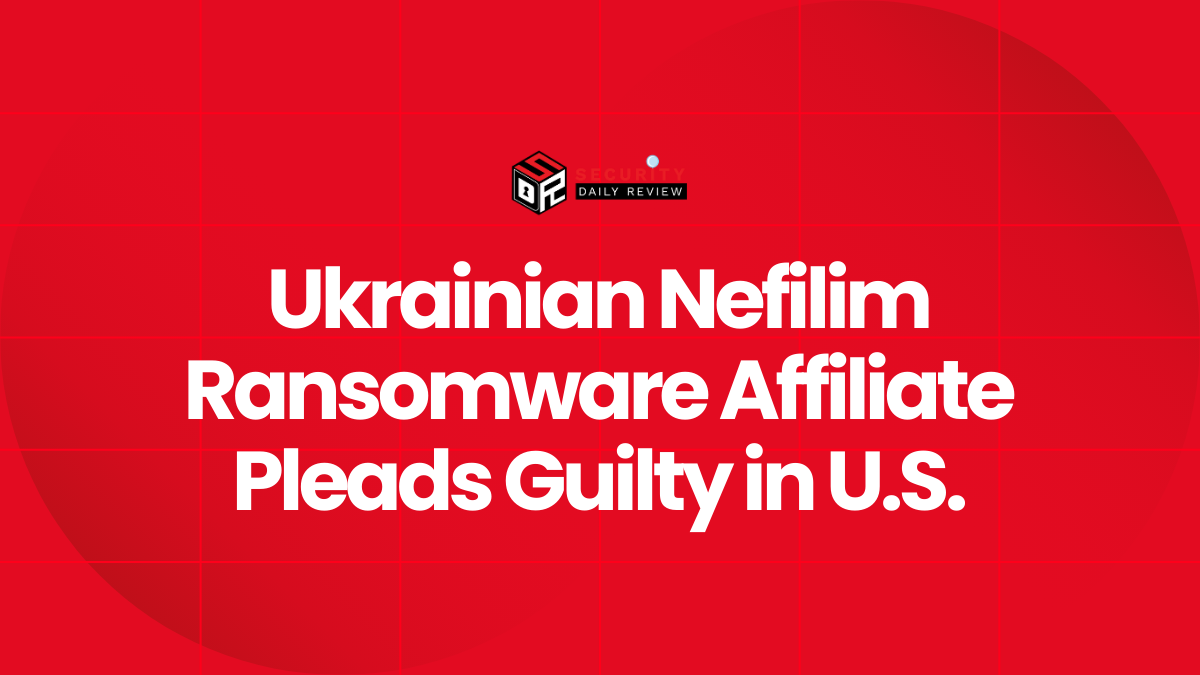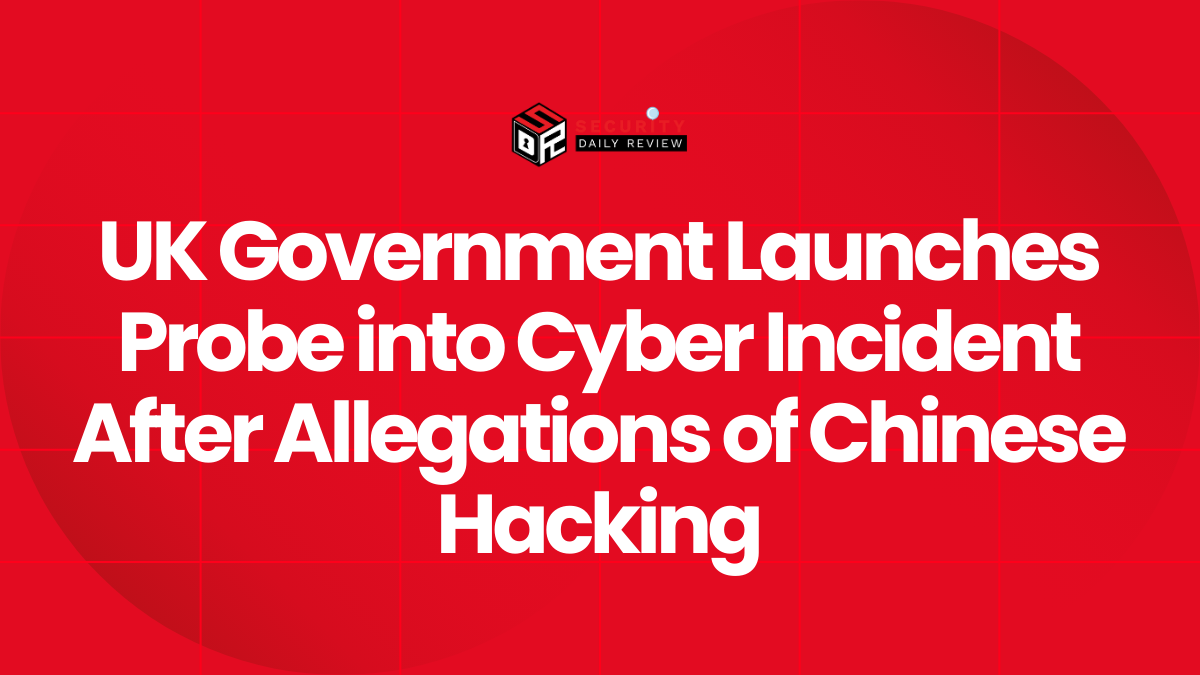Cybersecurity is changing fast, and generative artificial intelligence is now part of the fight on both sides. Criminals are using it to launch more sophisticated attacks, while defenders are racing to update strategies that can stop threats the moment they appear. Recent breach reports and insights from global security conferences make one thing clear: attackers are adopting these tools faster than many organizations can keep up.
Generative AI Lowers the Barrier to Entry for Cybercriminals
According to a TechRadar report, AI has dramatically reduced both the cost and technical expertise required to launch high-impact cyberattacks. This shift is illustrated by recent breaches affecting major UK retailers like Co-op and Marks & Spencer, where attackers used automation and AI tools to outpace traditional firewalls and antivirus software. Such AI-powered cyber threats have rendered reactive defenses inadequate.
Simultaneously, a another report revealed how generative AI is being used to create eerily convincing fake government websites. These clones, indistinguishable from legitimate portals at a glance, trick users into providing sensitive personal information and making fraudulent payments. The malicious sites were not only generated using tools like Deepsite AI but also strategically boosted in search rankings through SEO poisoning—showing how AI can amplify attack visibility and effectiveness.
AI-Driven Malware, Recon Tools, and Social Engineering
The tension between attacker and defender capabilities came into focus at Black Hat 2025. According to a Axios, cybercriminals are using open-source generative AI models for everything from reconnaissance and vulnerability identification to malware customization. Tools showcased at the conference included Microsoft’s AI-based malware detector and Trend Micro’s digital twin platform, designed to predict and deflect attacks. But defenders remain divided on whether these measures can keep pace.
An equally alarming development is the rise of “promptware” attacks. SafeBreach researchers, in findings reported by Tom’s Hardware, demonstrated how Google’s Gemini AI assistant could be manipulated using malicious Google Calendar invites. By embedding harmful prompts into seemingly benign calendar events, attackers were able to initiate spam campaigns, extract user locations, and leak private messages by triggering context-aware responses in the AI assistant. Over 73% of such prompt-based threats were found to carry high-critical risk, highlighting how easily embedded AI assistants can become entry points for sophisticated AI-driven attacks.
Traditional Defenses Must Give Way to Offensive, Adaptive Strategies
Experts argue that synthetic threats call for synthetic resilience. As outlined by TechRadar, embracing synthetic data and explainable AI (XAI) are foundational steps toward building adaptive defenses. This is especially vital in sectors like finance, telecommunications, and ecommerce, where attackers frequently exploit the weaknesses in identity verification and digital trust frameworks through deepfakes or synthetic identities.
To minimize their exposure, organizations must:
- Use synthetic data to stress-test AI systems in safe, controlled environments
- Employ behavioral biometrics and real-time monitoring for anomaly detection
- Integrate explainable AI models to ensure transparent decision-making and regulatory compliance
- Work toward enterprise-wide AI alignment rather than isolated defensive tools
Beyond AI tooling, aligning cybersecurity with organizational strategy is critical. Cybersecurity leaders must elevate threat modeling to the boardroom level. As TechRadar’s report underscores, security should be treated as a core business issue—embedded into digital transformation roadmaps and governed by evidence-based validation instead of theoretical assumptions.
Offensive Security and Zero Trust Are Essential
One key take-away from the evolving threatscape is that reactive defense strategies are no longer sufficient. A move toward offensive security—proactively testing defenses through penetration testing, red teaming, and adversary emulation—helps to uncover blind spots traditional tools might miss. This evidence-driven security model prioritizes real, exploitable attack vectors rather than drowning in threat feeds and patch alerts.
Moreover, implementing the principles of Zero Trust—never assume, always verify—can contain the blast radius of AI-driven intrusions. When attackers clone entire government websites with near pixel-perfect accuracy, as seen in Brazil, Zero Trust ensures that internal systems validate users and resources at every interaction, reducing the chances of exploitation through credential compromise or social engineering.
The Human-AI Partnership Remains Central to Cybersecurity Strategies
As the battle between attackers and defenders intensifies, a singular truth becomes evident: technology alone cannot secure enterprise infrastructures. Despite the rise of autonomous threat agents, defenders still maintain a window of opportunity—if human expertise and AI systems are tightly integrated.Industry-wide collaboration and training, such as the DEF CON Franklin initiative to secure U.S. water systems, are steps in the right direction, as noted by Axios. Education, simulation-based learning, and the adoption of red-teaming practices across SOC teams help close the gaps through both human insight and AI acceleration.
AI Is Redefining the Rules—Both Sides Are Adapting Rapidly
The 2025 threat landscape has made one thing clear: generative AI is now a central force driving cyberattack innovation. As synthetic threats multiply, organizations must move beyond passive controls and adopt proactive, adaptive strategies. From promptware exploitation and deepfake identity fraud to spoofed websites and fine-tuned AI malware, every attack vector is rapidly evolving.
Security teams that invest in offensive security testing, reinforce Zero Trust policies, and embrace explainable AI-driven defenses stand a better chance of staying ahead. But given the breakneck speed at which AI capabilities and abuses are growing, the margin for complacency is nonexistent. Cyber resilience in an AI-driven world will not be achieved through singular tools but through a structural shift in how security is approached—comprehensive, collaborative, and continually learning.









